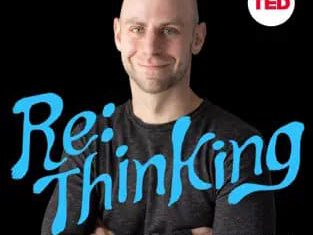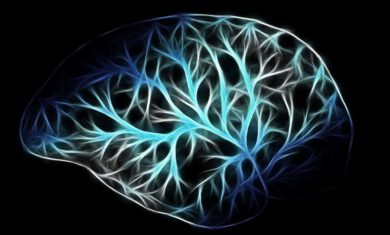The best map you’ve ever seen is imperfect. It has to be. If a map were to contain every bit of information about the area it represented, it’d be a cluttered mess. Every map has some degree of imperfection, and a large degree of omitted information. As the Farnam Street blog says, “A map with the scale of one mile to one mile would not have the problems that maps have, nor would it be helpful in any way.”
This is not a bad thing, but it’s an important concept to keep in mind.
The problem arises when you have a solid map and try to apply it to everything, like when Ron Johnson tried to apply Apple’s successful techniques over at J.C. Penney and failed miserably. His map was great, but it wasn’t the one he needed in this situation.
It’s a common trap, and one that Charlie Munger explains as:
“When 1 sperm gets into a human egg, there’s an automatic shut-off device. The human mind tends toward the same result & so, people accumulate large mental holdings of fixed conclusions that are not re-examined even though they are wrong”
This is a concern when learning these mental models; knowing them is great, but knowing when to apply them is the real value. The more you can connect mental models to use pieces of various models in any given situation, the better the result is likely to be.




